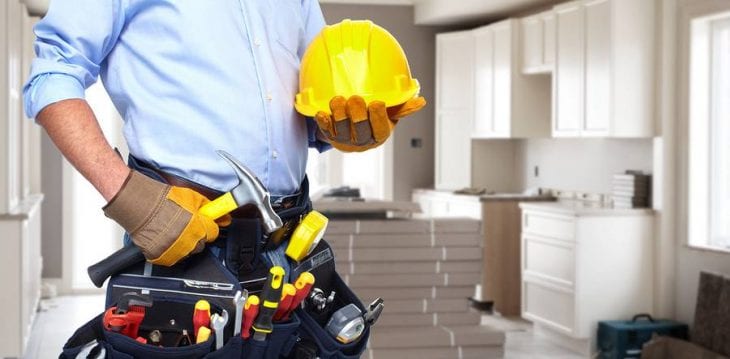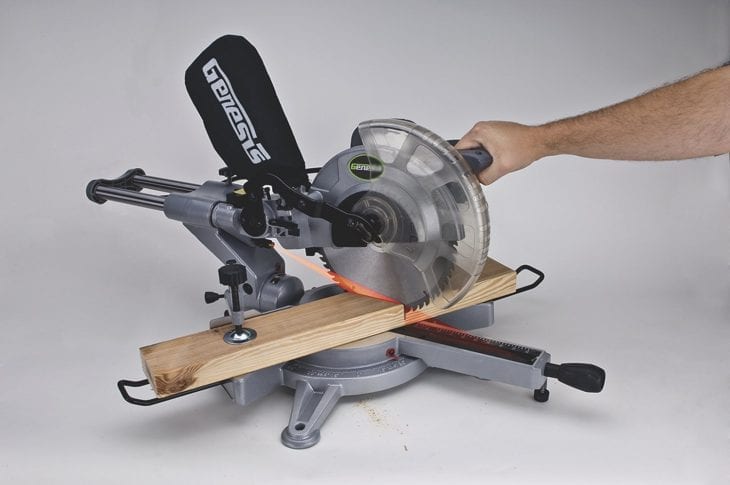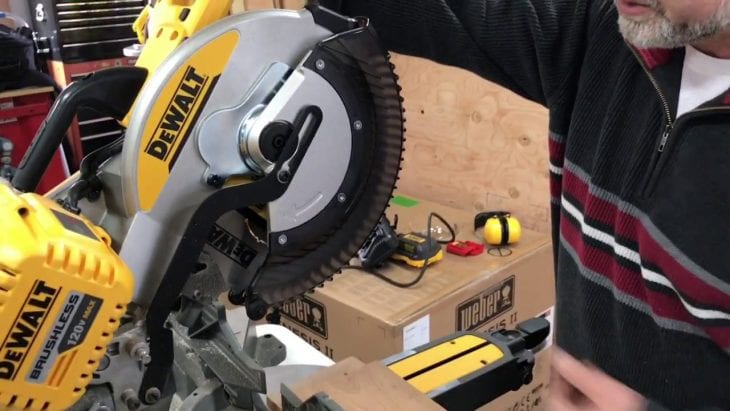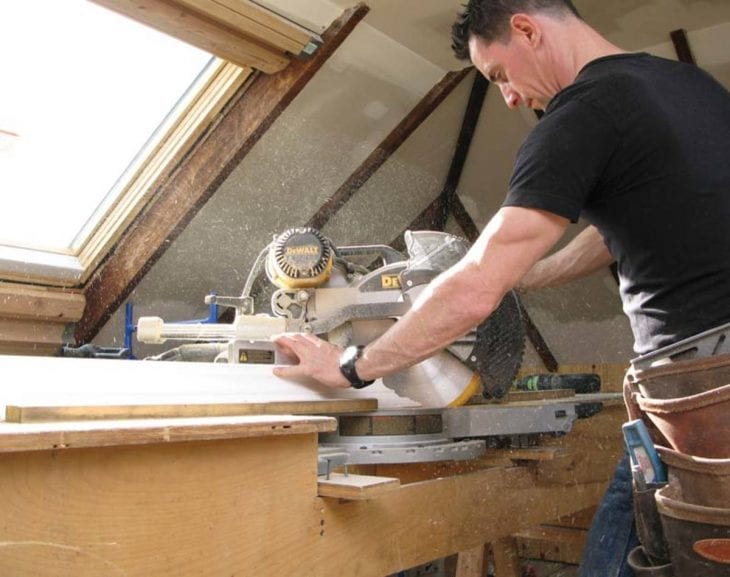If you’ve ever been to a shop class or watched Home Improvement growing up, then you’ve definitely seen a compound miter saw. Used primarily for cutting wood, a compound miter saw is an essential crosscutting tool for any professional craftsmen, hobbyist, or DIYers, looking to make precise board cuts at any angle. The circular saw, mounted on the arm, is raised and lowered to allow for straight, accurate cuts and trims as well as having pivot capability to allow for angled and tilted cuts.
When purchasing, it’s important to know the different features and specks. Most will do the job, but what is it you need for the job? Additionally, it’s important to pay attention to the different types of compound miter saws in order to purchase the tool right tool for your needs.
See the best Miter Saw brands and find out the top model on the market right now.

Source: architectsresources.com
Contents
Features of Compound Miter Saws
Compound miter saws have many features that will make any of your woodworking projects easier but knowing the different features will allow you to make the right choice for your woodworking needs.
Amps – Determine the power output. Higher amps allow for more cutting power.
Blade size – The most common blade sizes are 8, 10, and 12 inches. The larger the blade, the more cutting width you have. Blades over 12” should be reserved for experienced craftsmen.
Blade guards – Meant to shield the saw blades and allow you to have a better view of the cutting line.
Depth stops – Controls the movement of the height of the table to allow you to make deep or shallow cuts.
Digital displays – Allows the reading of setting information during and after cuts.
Dust bags – There to collect sawdust and other debris.
Dust chutes – Propel sawdust from the cutting area.
Electric brakes – Enables the blades to stop almost automatically when the trigger is released.
Laser guides – Assisted beams of light or a casted shadow allowing for precise cuts.
Positive stops – Decrease the time needed to set up your cuts while allowing for quick cuts on those tough angles.
Sliding and flip fences – Added support on standard miter cuts for those taller stocks.
Spindle and shaft locks – Permits easy replacement of blades by locking the shaft and blade.
Table extensions – Provide less shakey, controlled and accurate cuts.

Source: Miter Saw Reviews
Types of Compound Miter Saws
Compound miter saws come in four different types, serving different functions and needs.
Sliding Compound Miter Saw
Like its name, the sliding compound miter saw allows for forward and backward movement of the body, allowing it to make wider cuts and cover a wider range. The most versatile miter saw.

Source: YouTube
Non-Sliding Compound Miter Saw
Unlike the sliding compound miter saw, the non-sliding variant is limited in range and does not allow for cutting more surface area without rearranging the wood piece. Limitations don’t mean inefficiency, unless you need to make those multirange cuts, non-sliding options will save you money.
Single Bevel Compound Miter Saw
The most common compound miter saw options; the single bevel head can only rotate in one direction. Unless you need rotation accessibility, these miter saws are enough for most responsibilities.
Double Bevel Compound Miter Saw
Also known as “Dual-Bevel”, these compound miter saws are able to tilt left and right for those tough to get angles, without having to change your wood piece. These should be used for craftsmen who have experience with woodworking and are comfortable with making several cuts on a single wood piece.

Source: Old House Journal
Conclusion
Knowing the different features not only ensures your safety but it allows you to figure out what you need. Furthermore, highlighting the different types of compound miters also provides you with a better grasp of what you need. There’s no need to run up the shopping cart with the latest and greatest. Purchase what you need and what you’re capable of maneuvering. Experienced or not, the joy of wood cutting can be shared by all different types of people. Professional or not, always remember to wear safety goggles. Even the best make mistakes.
